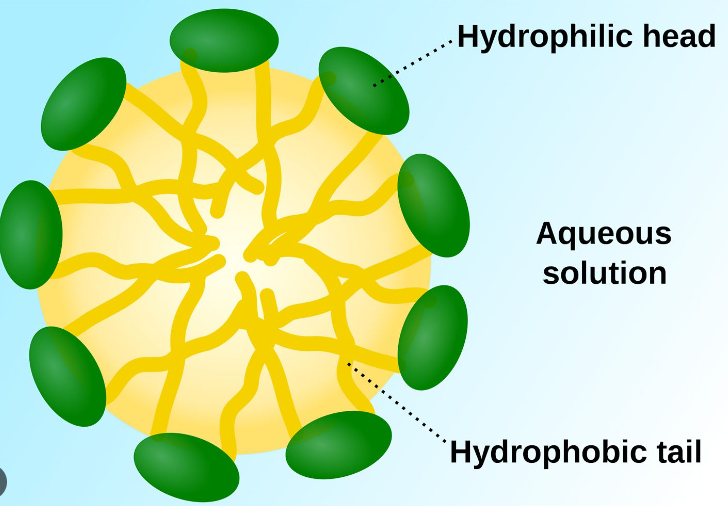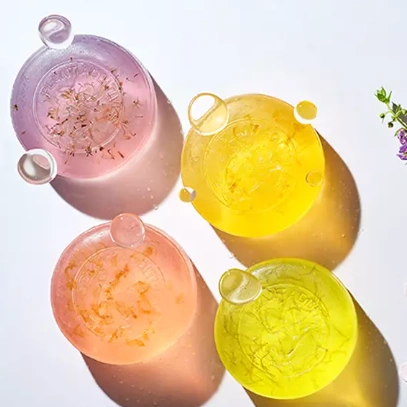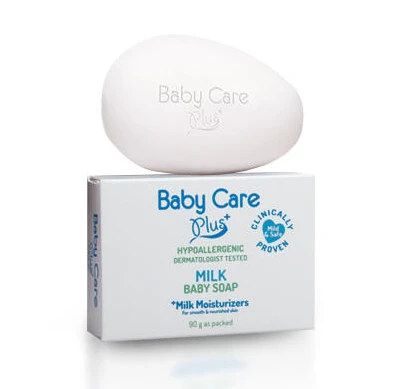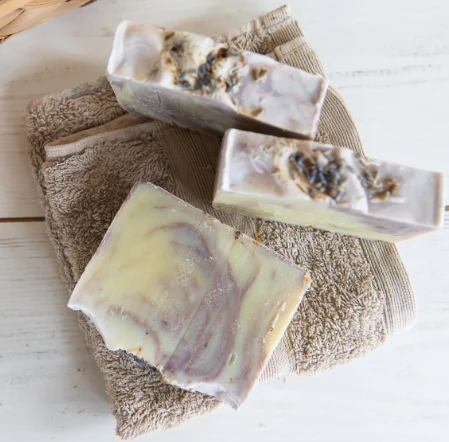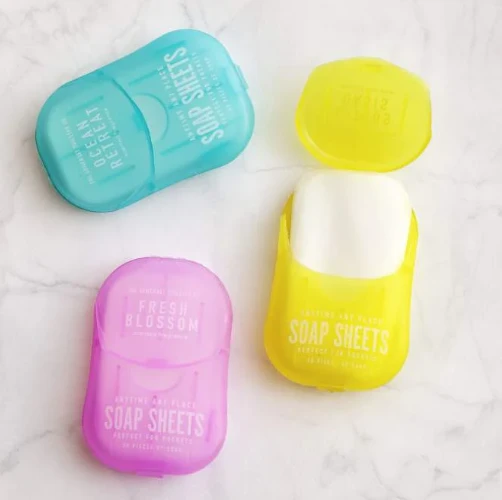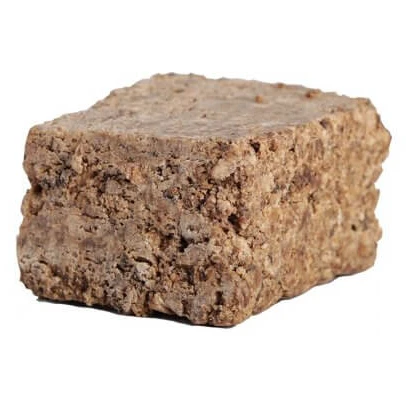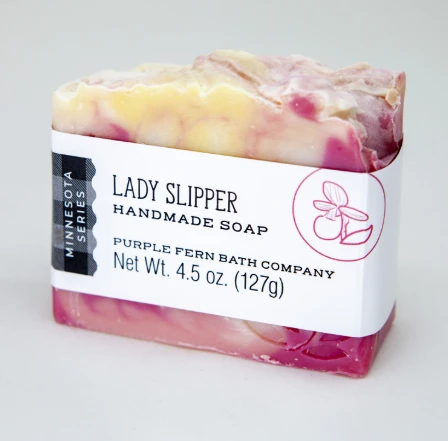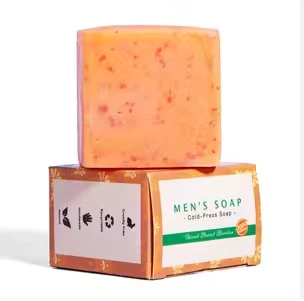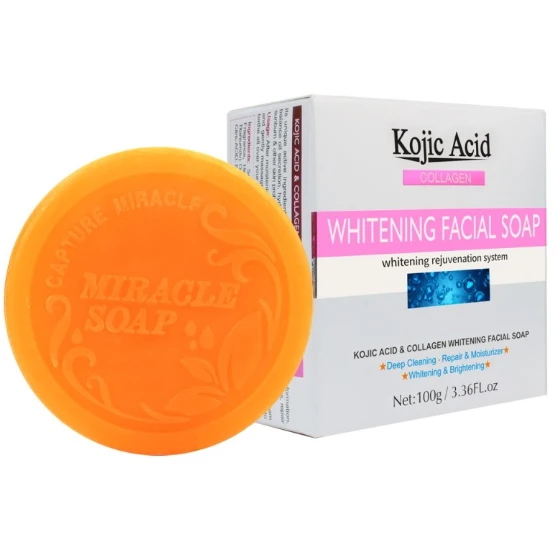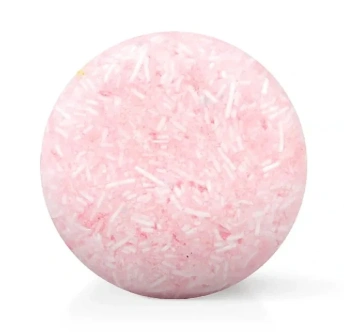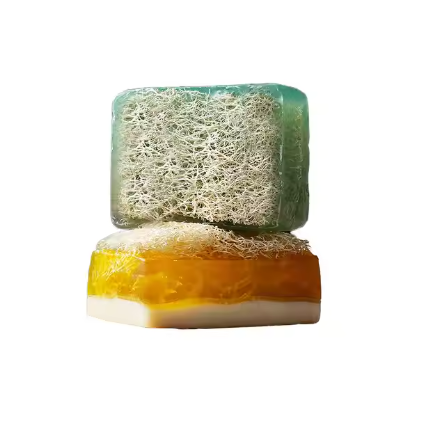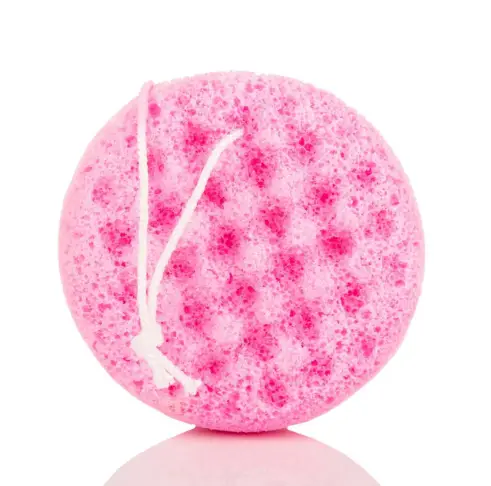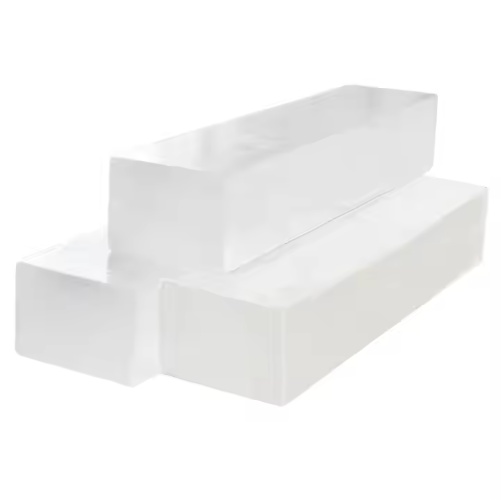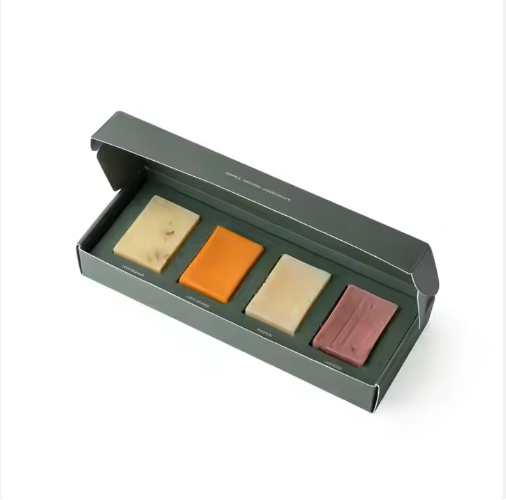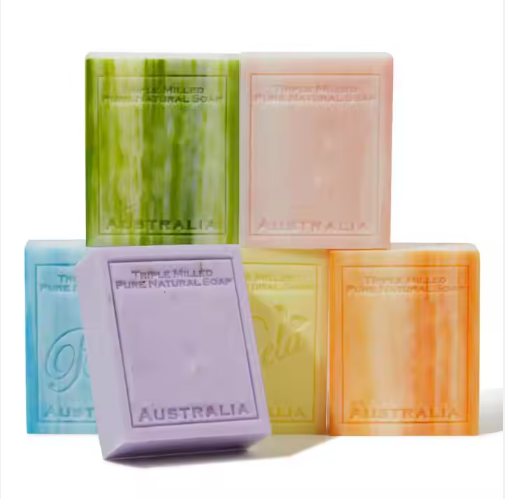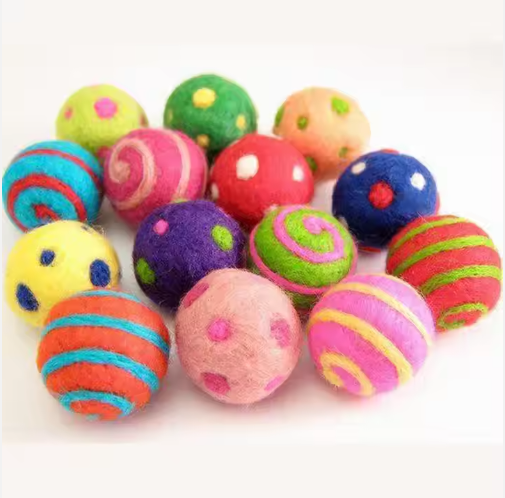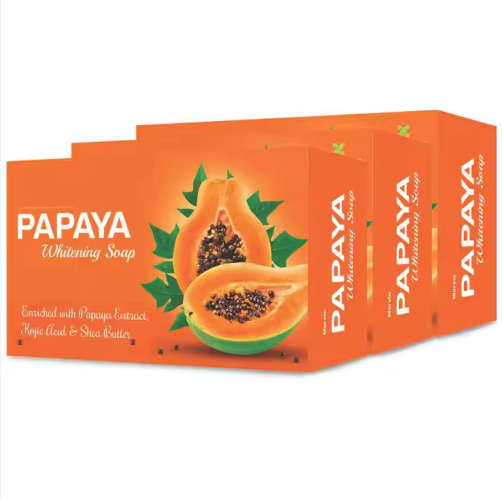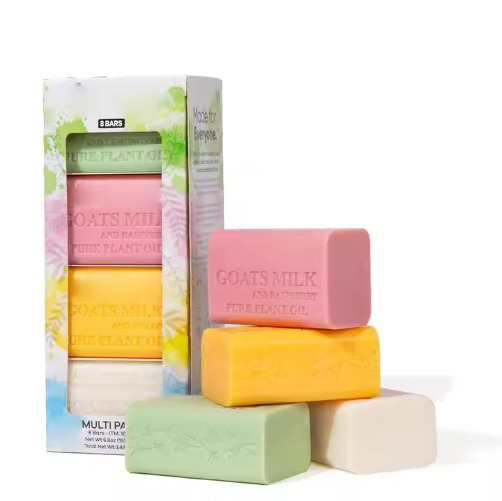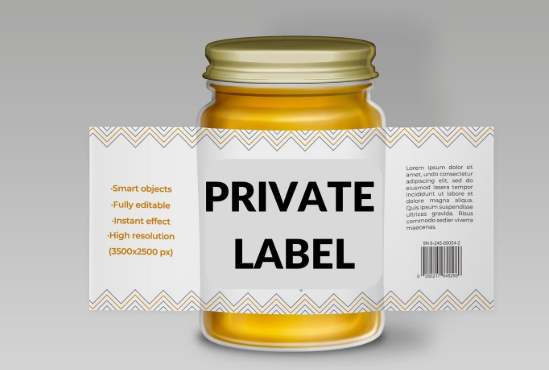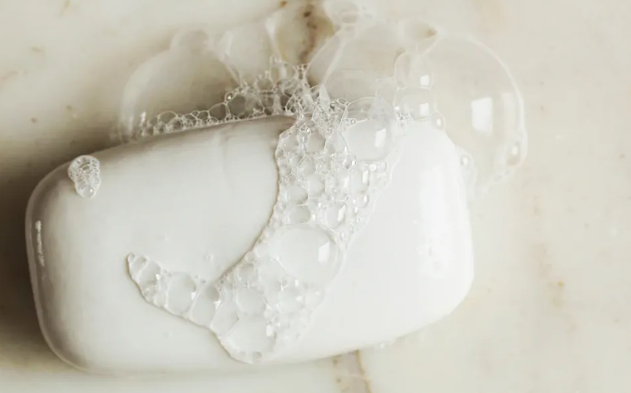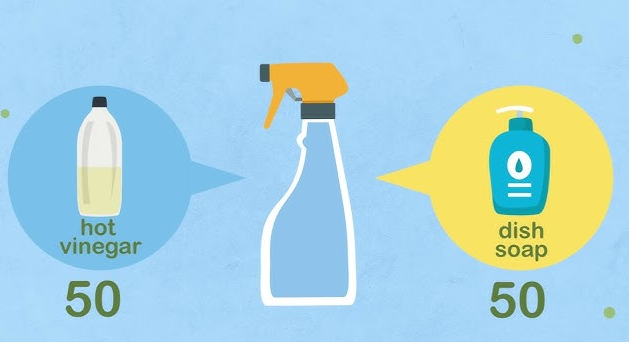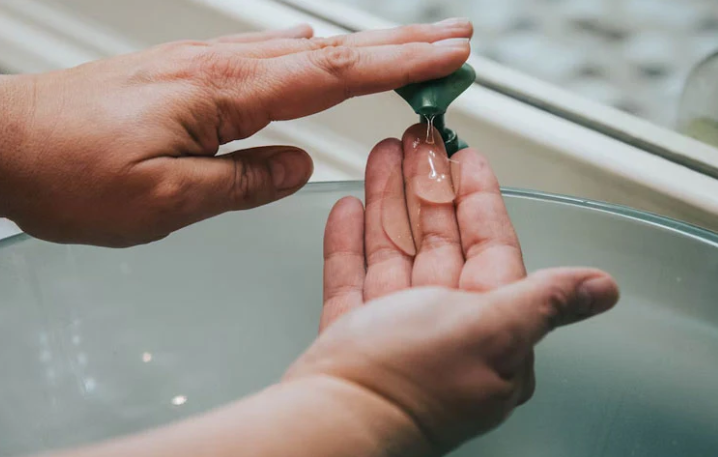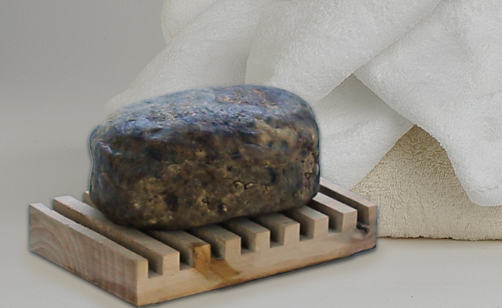How does soap work, Why does soap clean things?
what is a soap
Soap is a salt of a fatty acid (sometimes other carboxylic acids) used for cleaning and lubricating products as well as other applications.[1] In a domestic setting, soaps, specifically "toilet soaps", are surfactants usually used for washing, bathing, and other types of housekeeping. In industrial settings, soaps are used as thickeners, components of some lubricants, emulsifiers, and catalysts.
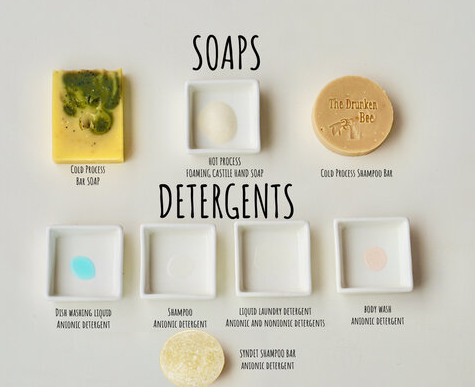
Soaps are often produced by mixing fats and oils with a base.[2] Humans have used soap for millennia; evidence exists for the production of soap-like materials in ancient Babylon around 2800 BC.
What Is Natural Soap Made Of?
Natural soap is a testament to the age-old art of soapmaking, which relies on a simple yet effective combination of natural ingredients. Unlike commercial soaps that often incorporate a host of synthetic additives, natural soap prides itself on its clean and minimalistic composition.
At its core, natural soap is primarily made of two key components:
Natural Oils and Fats
The heart of natural soap lies in natural oils and fats, such as olive oil, coconut oil, palm oil, and shea butter. These oils are carefully selected for their unique properties and are rich in vitamins and fatty acids that nourish and hydrate the skin. Each oil brings its own benefits to the soap, contributing to lather, moisturization, and cleansing.
Lye (Sodium Hydroxide)
Lye, a strong alkaline substance, is an essential ingredient in soapmaking. It plays a pivotal role in a chemical process known as saponification. During saponification, lye interacts with the natural oils and fats, transforming them into soap. While lye is a caustic substance in its pure form, it is entirely consumed in the chemical reaction, leaving behind a gentle and skin-friendly product.
In addition to these core ingredients, natural soap may also incorporate other elements to enhance its properties:
Natural Fragrances
Essential oils extracted from plants are commonly used to add natural scents to the soap. Lavender, eucalyptus, citrus, and mint are just a few examples of the delightful fragrances that can be infused into natural soap.
Natural Colorants
For those seeking aesthetically pleasing soap, natural colorants derived from sources like herbs, spices, and clays are used to create subtle, earthy hues.
Exfoliants and Additives
Some natural soaps include natural exfoliants like oatmeal, coffee grounds, or poppy seeds, providing gentle scrubbing to help remove dead skin cells.
How does soap actually work?
Soap is able to clean hands and dishes because of some pretty nifty chemistry. Soap molecules have on one end what’s known as a polar salt, which is hydrophilic, or attracted to water. The other end of the molecule is a nonpolar chain of fatty acids or hydrocarbons, which is hydrophobic—meaning that it’s repelled by water but attracted to grease and other oily substances. When you wash your hands, the soap forms something like a molecular bridge between the water and the dirty, germ-laden oils on your hands, attaching to both the oils and the water and lifting the grime off and away. Soaps can also link up with the fatty membranes on the outside of bacteria and certain viruses, lifting the infectious agents off and even breaking them apart. Once the oily dirt and germs are off your hands, the soap molecules thoroughly surround them and form tiny clusters, known as micelles, that keep them from attaching to anything else while they wash down the drain.
